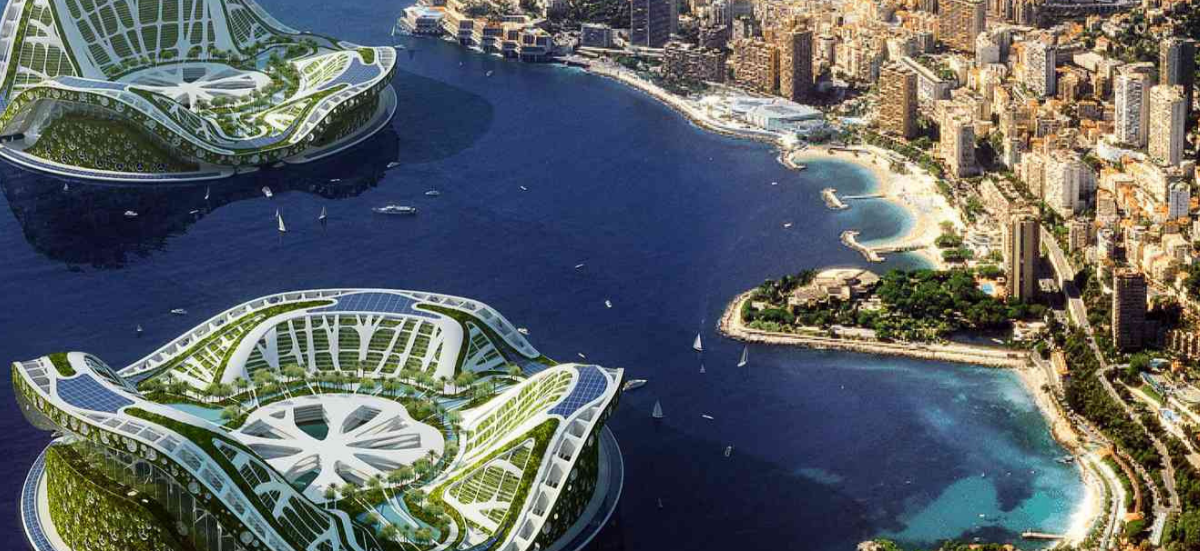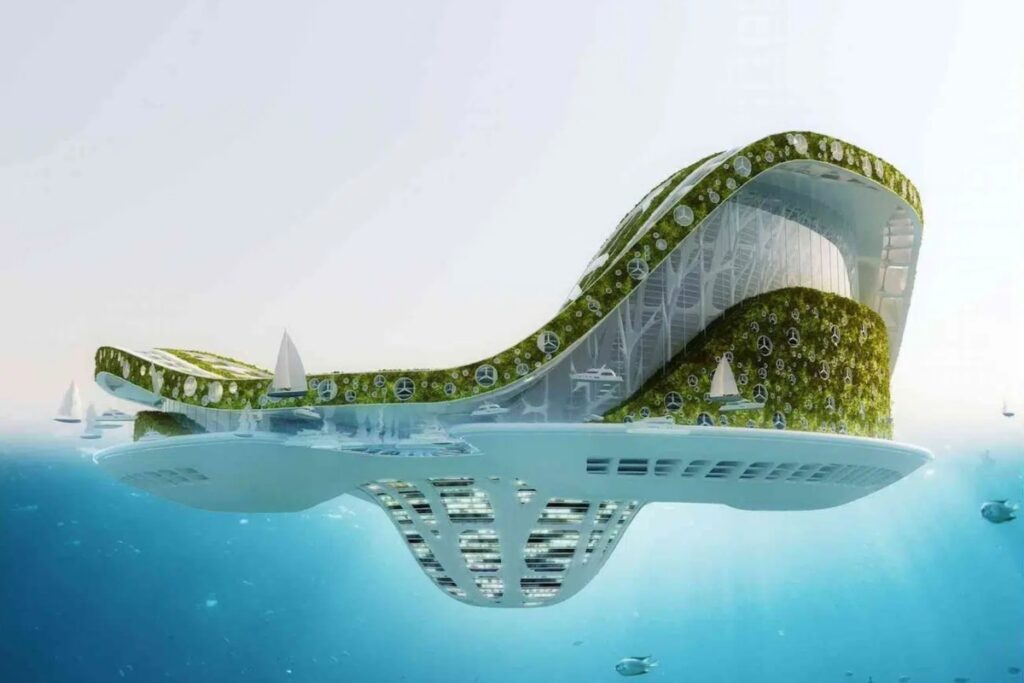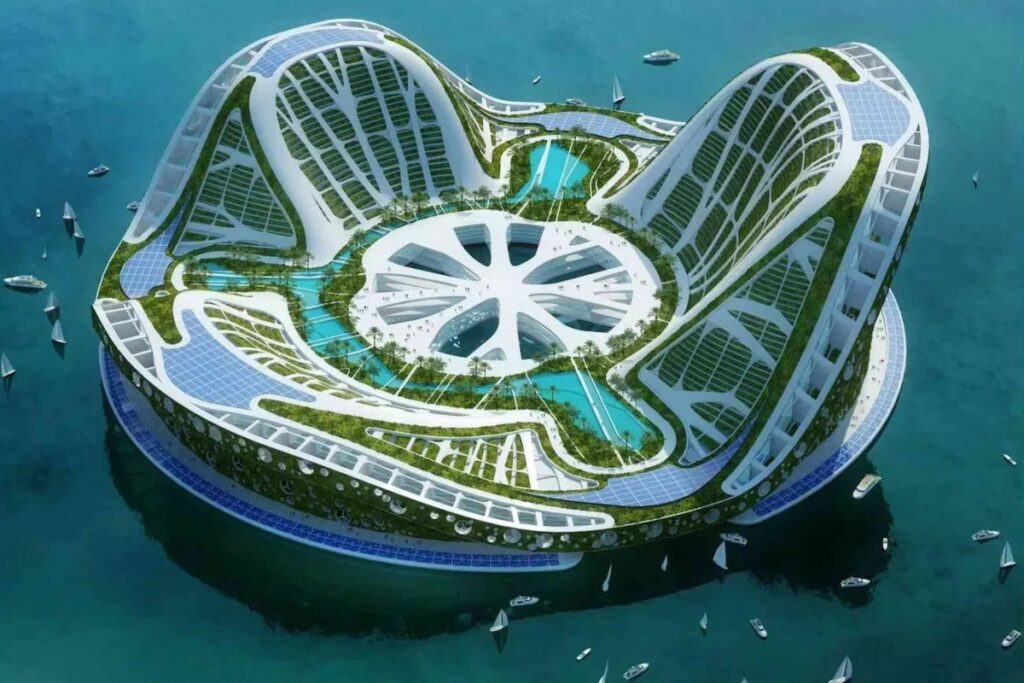Architect Vincent Callebaut is at the forefront of the project, drawing inspiration from nature to design Lilypad, a groundbreaking floating city concept.
Modeled after the Victoria amazonica, a species of Amazonian water lily known for its gigantic, buoyant leaves, Lilypad reimagines urban living in harmony with aquatic environments.
Lilypad is not just a floating platform but a self-sustaining city, designed to house up to 10,000 inhabitants while drifting along ocean currents.
Unlike traditional urban centers that fight against nature, Lilypad would adapt to its surroundings, offering a futuristic yet practical response to the threat of rising waters.




